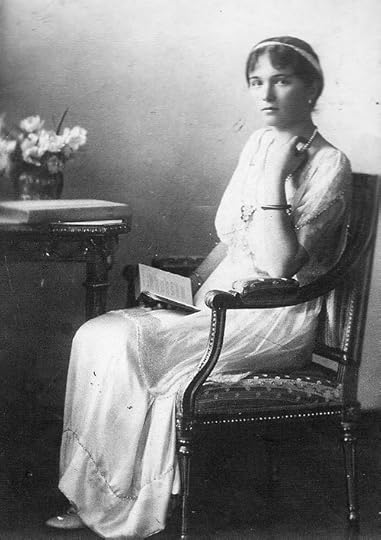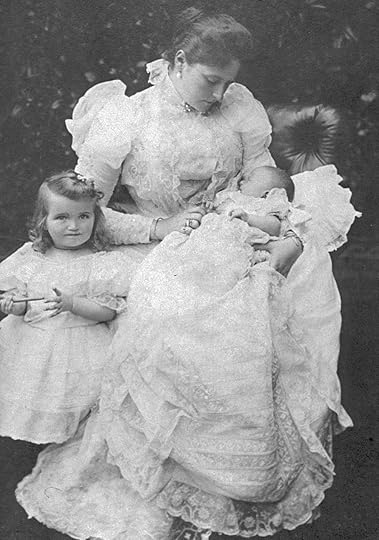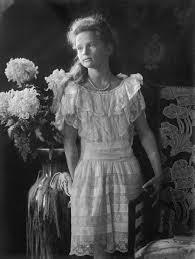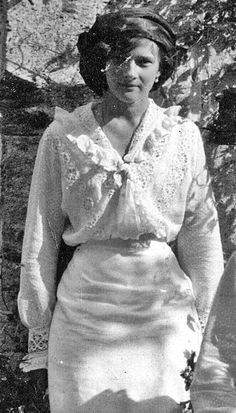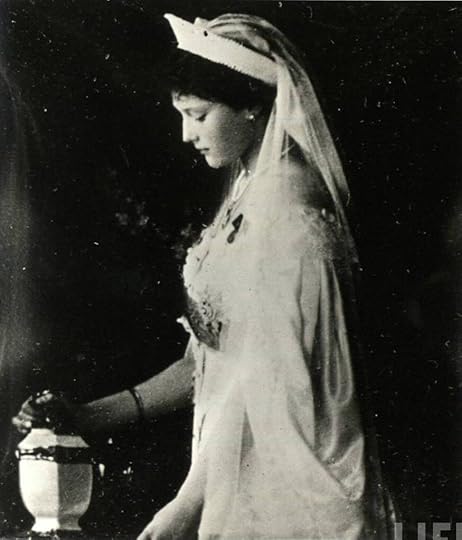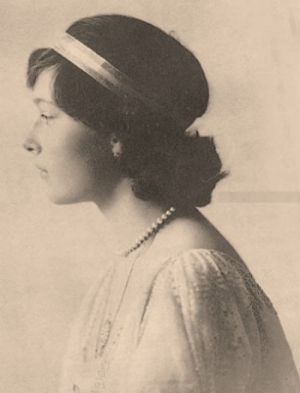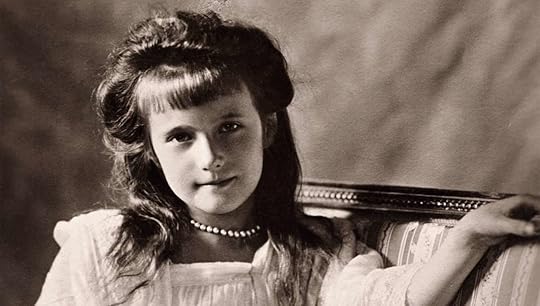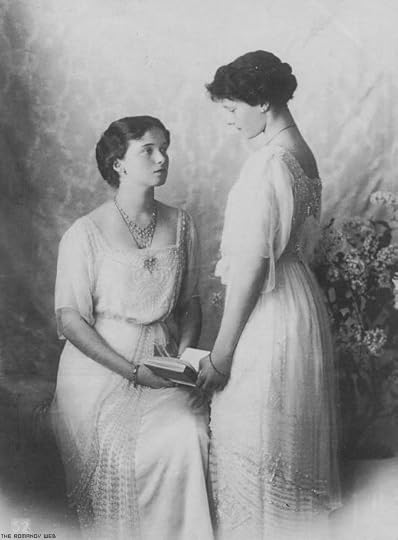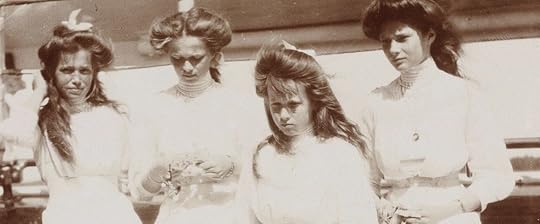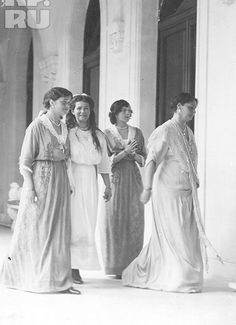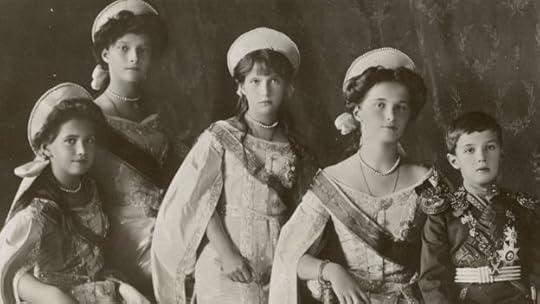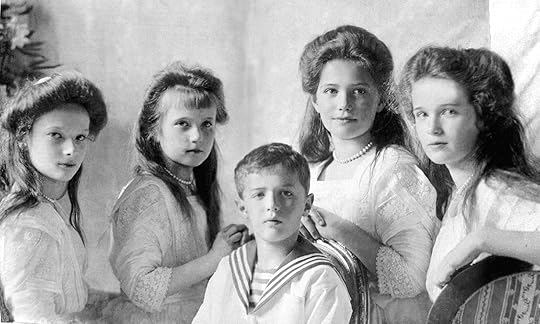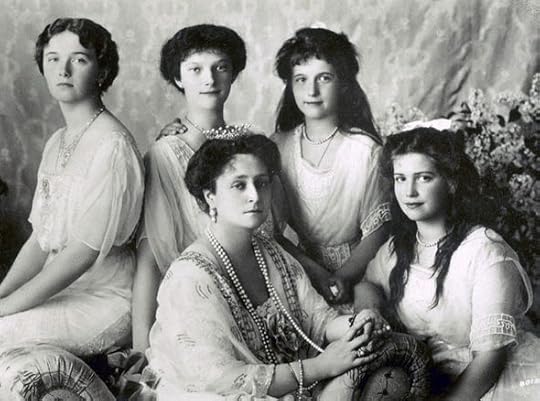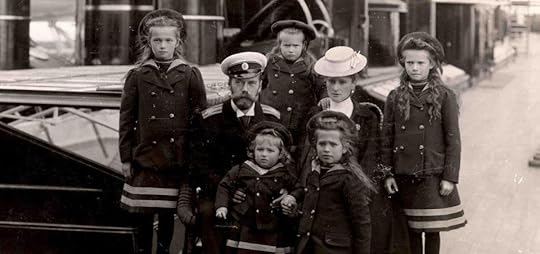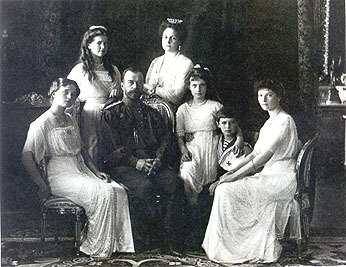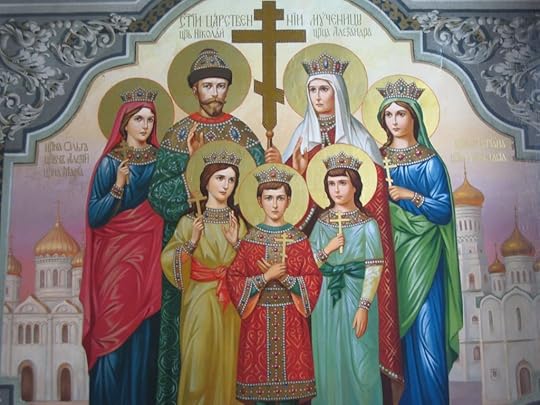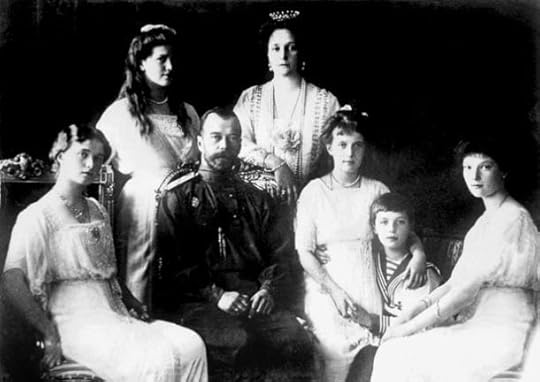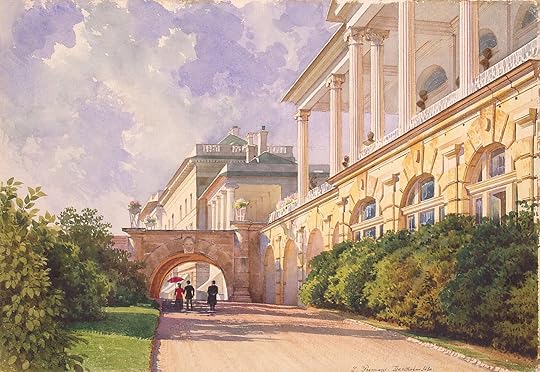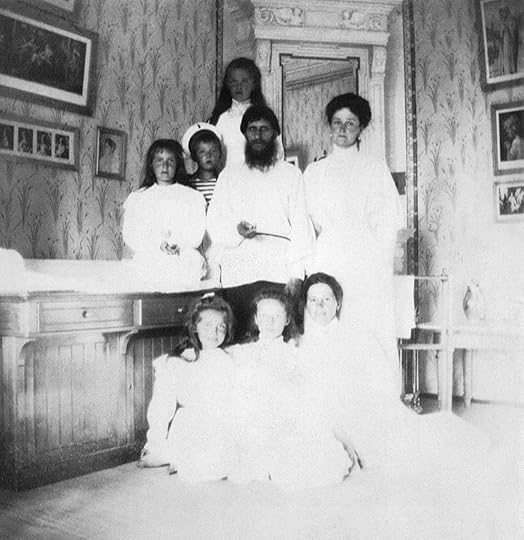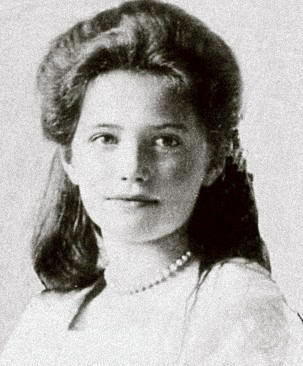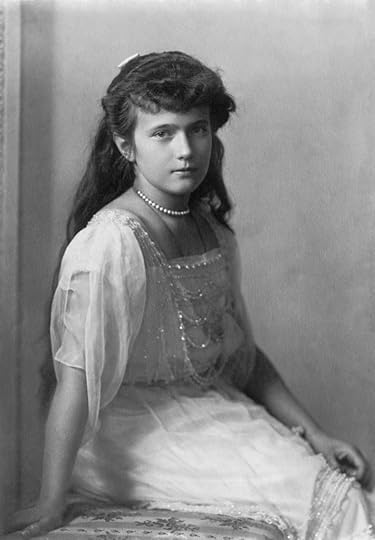What do you think?
Rate this book


492 pages, Hardcover
First published June 3, 2014
Returning to her box after the interval, Hallie noticed that Anastasia and Maria had already taken up their places near her side of the railing. ‘She was not a beautiful child, but there was something frank and winning about her,’ she recalled of Anastasia. ‘On the flat railing sat the now depleted box of chocolates and her white gloves were sadly smudged. She shyly held out the box to me, and I took one.’ As the music struck up Anastasia began humming the folk tune they were playing. Hallie asked her what it was. ‘Oh,’ she replied, ‘it is an old song about a little girl who had lost her doll.’ The lingering notes of that lovely song hummed by the young grand duchess, and the sight of her chocolate-soiled gloves that evening, would stay with Hallie for many years…
"We too have to understand through it all, that God is greater than everything, and that he wants to draw us, through our sufferings, closer to Him. But my country, my God, how I love it with all the power of my being, and her sufferings give me actual physical pain." –Alexandra Romonova
